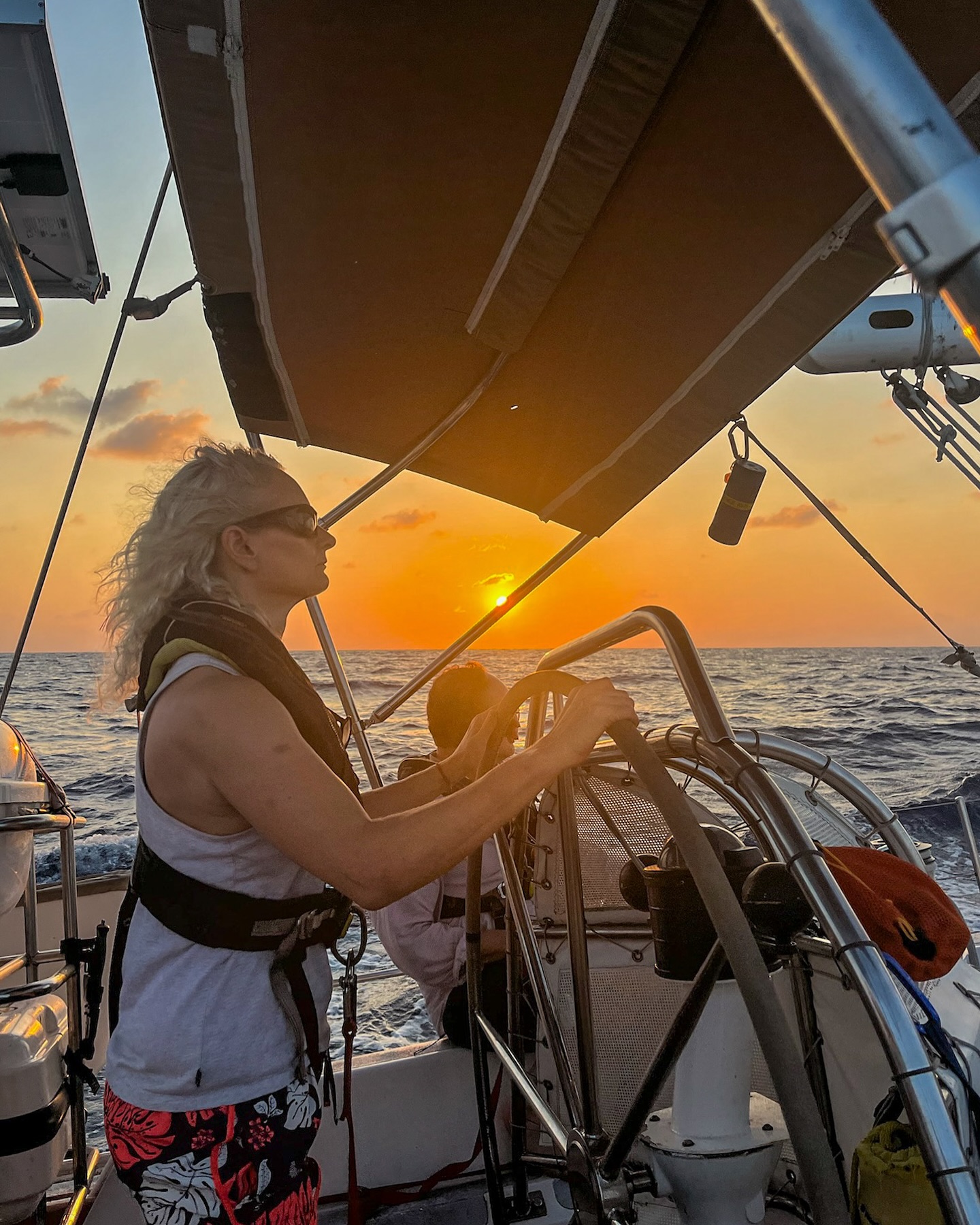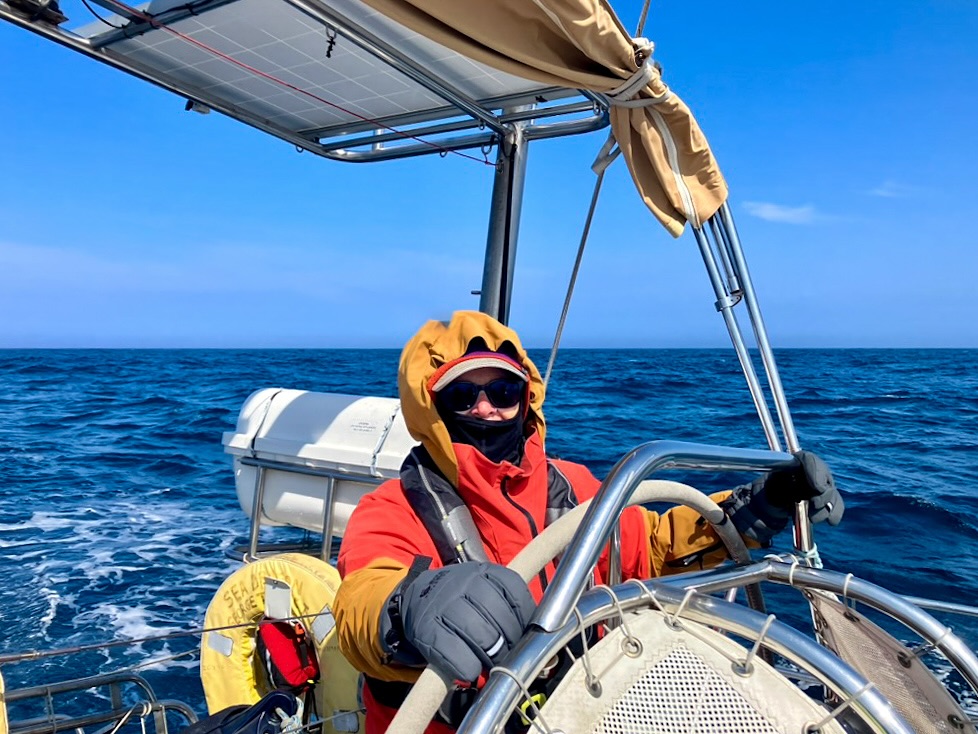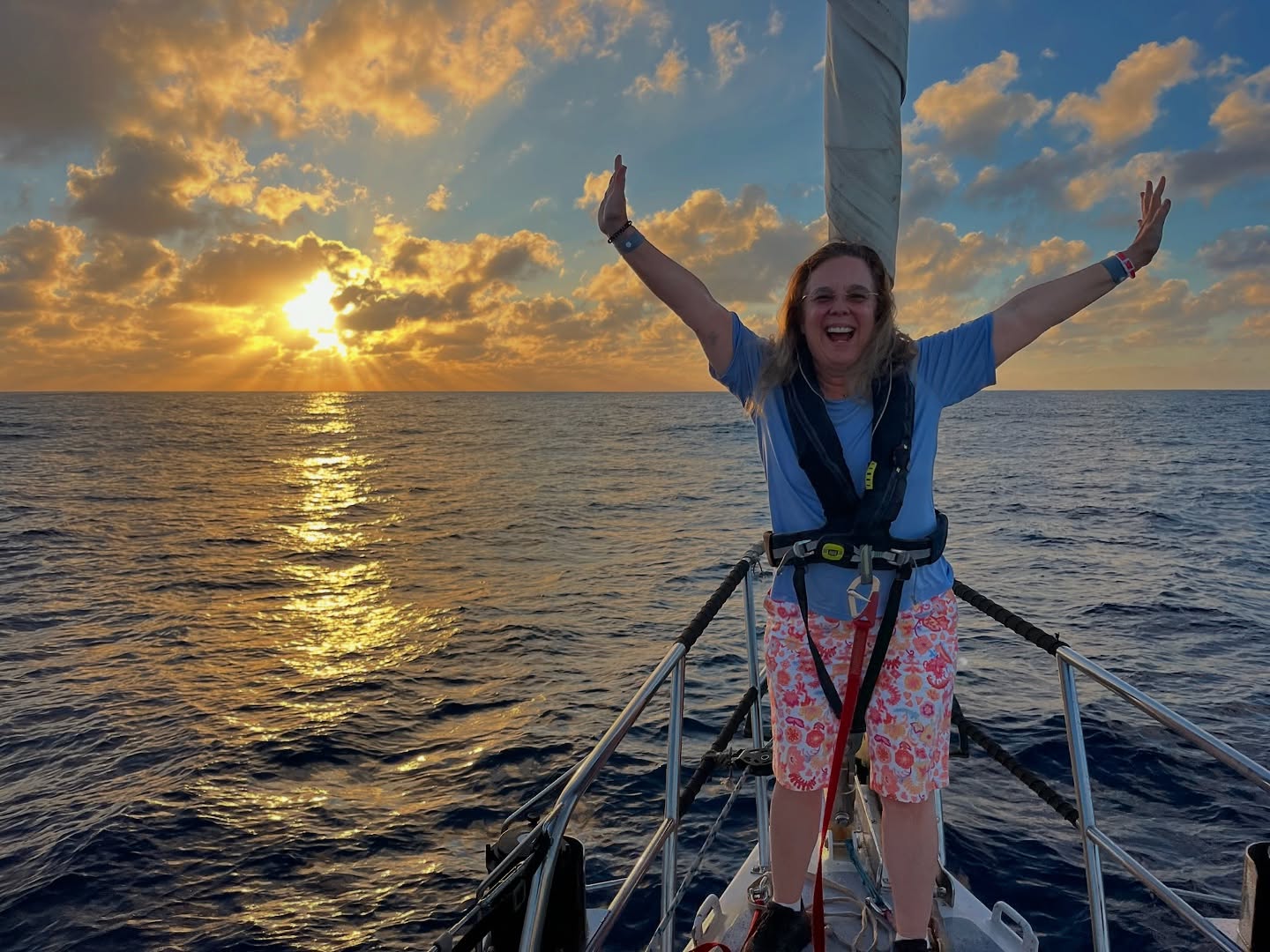
The part we remember about exploration stories is the sudden glory of discovery- typically beyond what the determined travelers even imagined. Howard Carter finding the tomb of Tutankhamun in 1922 is a great example. Today the Sea Dragon crew filed a brief note on the Sat Phone more typical of real life exploration. “Went out, found something, not what we hoped for…”
——– Original Message ——–
Subject: Sea Mountain
From: “S/V Seadragon”
Date: Tue, March 30, 2010 6:16 am
To: Ron Ritter
After 2 hours of searching we did not find the sea mountain, although we did search around the plateau around 50-122m deep. The current was running at about 2 knots so we were sliding sideways in the water doing box searches. As we came in on a course of 235 degrees,as we went over the 1000m contour line the depth suddenly went to 67 meters.
You can read into this note the emotion that is so common. You’re tired, you are let down from the anticipation, and the objective observer in you says you have to tell the unvarnished truth…but, you know the door is never closed and you leave open the question. It may still be there, our results are only as good as the time and technology employed…we may still find “it”. This is as real as it gets
Now, what exactly were they looking for today? Sea Dragon is passing right over an 800nm chain of ancient undersea volcanoes that today terminate out in the deep Atlantic off Brazil. Two islands, Trindade and Vaz, mark the last eruption points of a hotspot (like Hawaii). to their west are now submerged “seamounts”. Rising out of over 10,000′ of deep clear water, most of these come to within 6-700′ of the surface. Interesting but too deep to dive or sustain coral reefs. One however, the Jaseur Bank, was reported to come much closer.
Jaseur reports and the nautical charts suggest that the mountain does reach within 36′ (10m) of the surface. This is really important as it is therefore easily diveable on SCUBA and would get plenty of sunlight to sustain a rich marine community. We imagine plunging coral reefs like the above picture from Palau (King Tut’s tomb of coral reefs). It is also particularly interesting in that it is in International waters…just outside the economic zone of Brazil (EEZ). This means it would be un-protected by any fisheries regulation and therefore….likely hit hard by fishing vessels. Getting a look at its underwater surface would give us a strong visual indication of these impacts.
Fishing outside the EEZ of any country is a virtually unregulated frontierland. Despite the good efforts of countries like Brazil inside their EEZ, there is very little they can do to protect such waters. International treaties do cover some aspects of offshore fishing…e.g. the ICAAT for Giant Bluefin tuna- but that, among others is famously ineffective.
The important thing about exploration is to move beyond what looks like a missed target and see what you have learned. Sometimes the absence of something, in this case, shallow water, tells us much as its presence. We now know its not a typical large shallow bank. If it exists, it more likely a very specific spike of rock rising in a small area- easy to miss. This happens- Clipperton Island in the Pacific is a large flat island barely above sea level except for a few last tops to the old volcano. So it is with the St. Peter and Paul’s rocks (also Brazilian) near the Equator.
To continue this exploration, we need to think about how to search the area, information from fishermen and others that would give us more clues…and then technology that would allow us to observe the bottom at “50 meters”. This is right on the edge of air diving but we could do it – potentially observing the bottom from just above. Also we could team up with mixed gas certified divers…or use an underwater robot…
The true story behind Carter’s Egyptian discovery is also more realistic. His truly exceptional find came after searching from 1914 to 1922. After eight years his patron Lord Carnarvon was frustrated with the lack of results. Carter got one more year. On 4 November 1922 one of his camp staff found the stairs leading to the now famous tomb.
Real life exploration
Ron Ritter
























